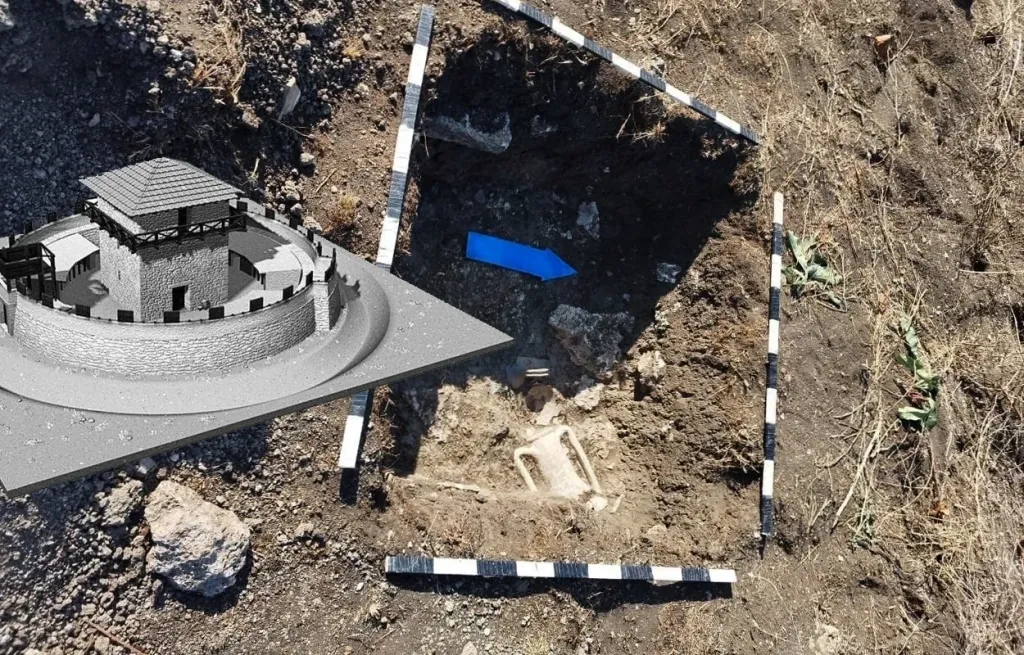An archeological excavation in Crimea has uncovered a 1st century BCE Roman fort.
The discovery was made by archaeologists working with the Institute of Archaeology of Crimea, the Institute of Archaeology of the Russian Academy of Sciences, and the Archaeology Foundation, according to Heritage Daily.
The modest fortress covers about 10,000 square feet, and has a reportedly “sophisticated” design. There is a circular moat with a wall enclosing a central guard tower.
South Bosporus Expedition leaders explained to to Heritage Daily that “the fort dates from the late 1st century BC and served as part of an interconnected network of Bosporan communication outposts to protect the interests of the Roman Republic.” During this time, messages were relayed via smoke, fire, and other visual aids.
Remnants of the fort were discovered on the Kerch Peninsula, in the eastern part of Crimea, which has been occupied by Russia since 2014. The peninsula is bordered by the Black Sea to the south, the Sea of Azov to the north, and Taman Bay to the west, across the Kerch Strait.
The site was located within the Bosporan Kingdom, a long-surviving “client kingdom” of the Roman Empire.
Also reportedly found on site was a well-preserved amphora with double handles. The piece dates to the second half of the 1st century BCE and is thought to have been produced in the ancient city Heraclea Pontica in modern-day Karadeniz Ereğli, Turkey. The latter offers evidence of trade across the Black Sea.
Excavations are expected to continue next summer in an effort to uncover the full layout of the site and to better understand its defensive role.
